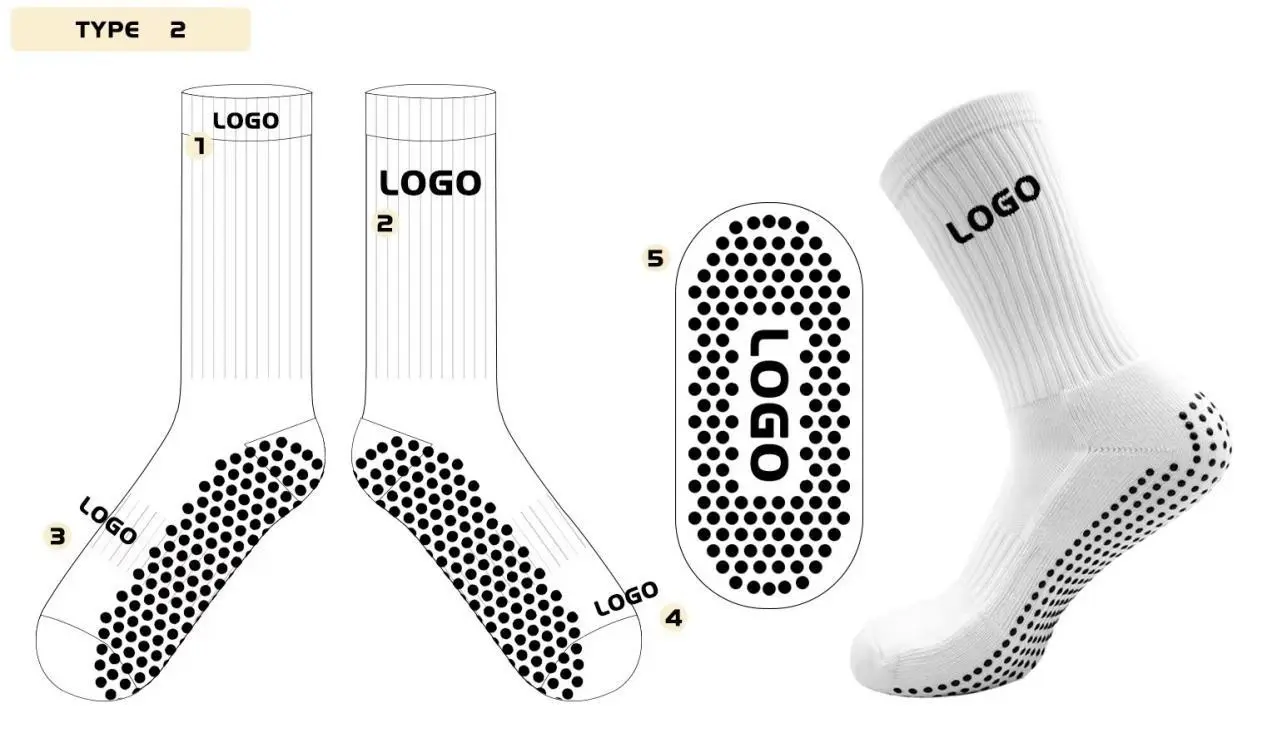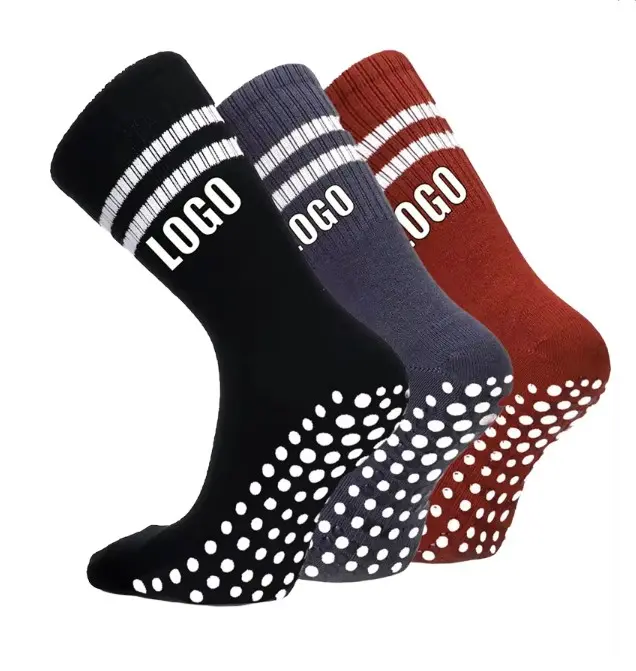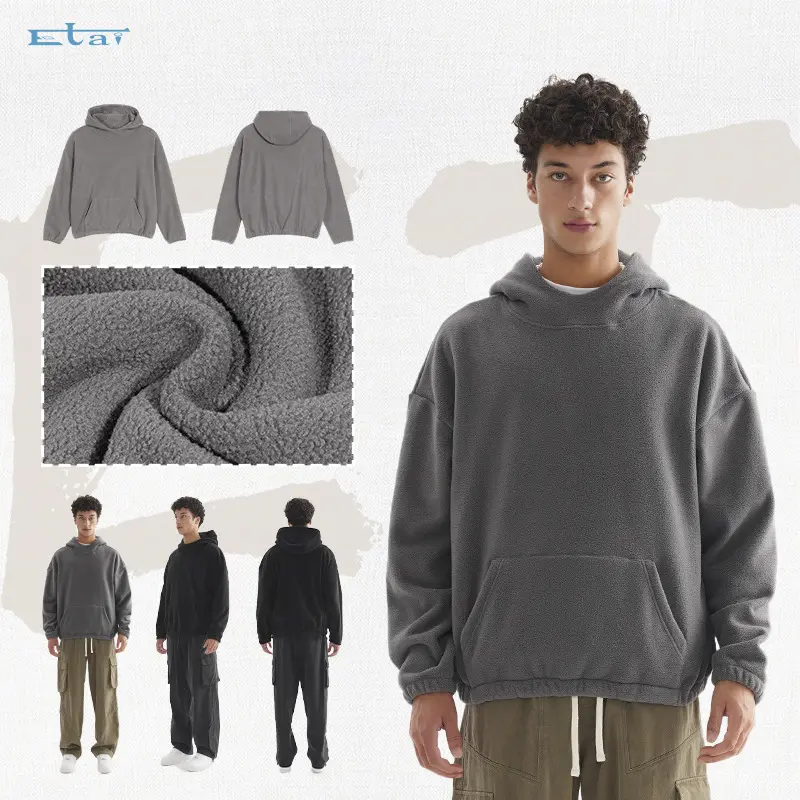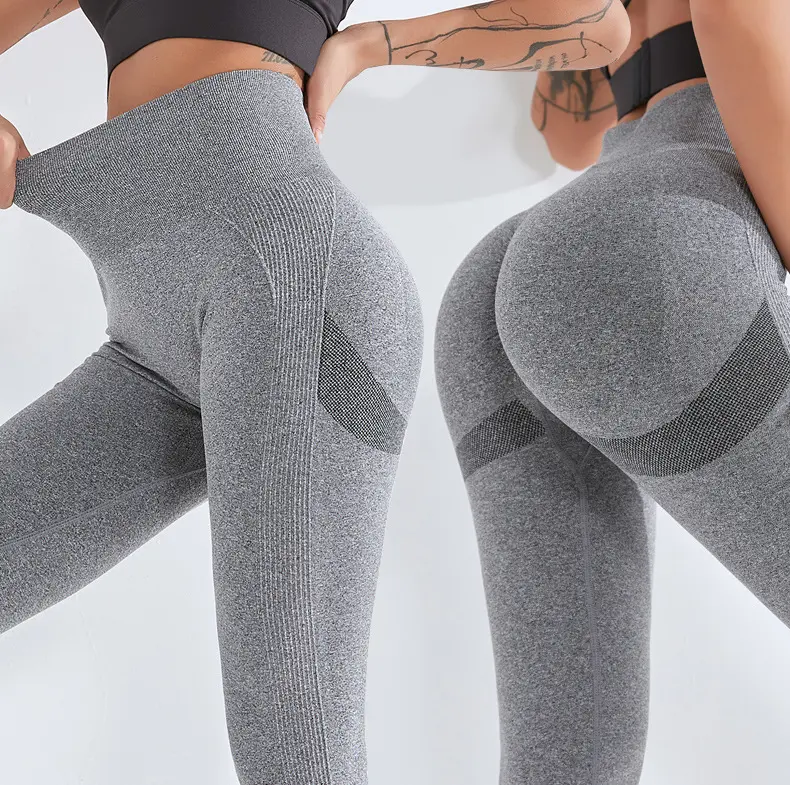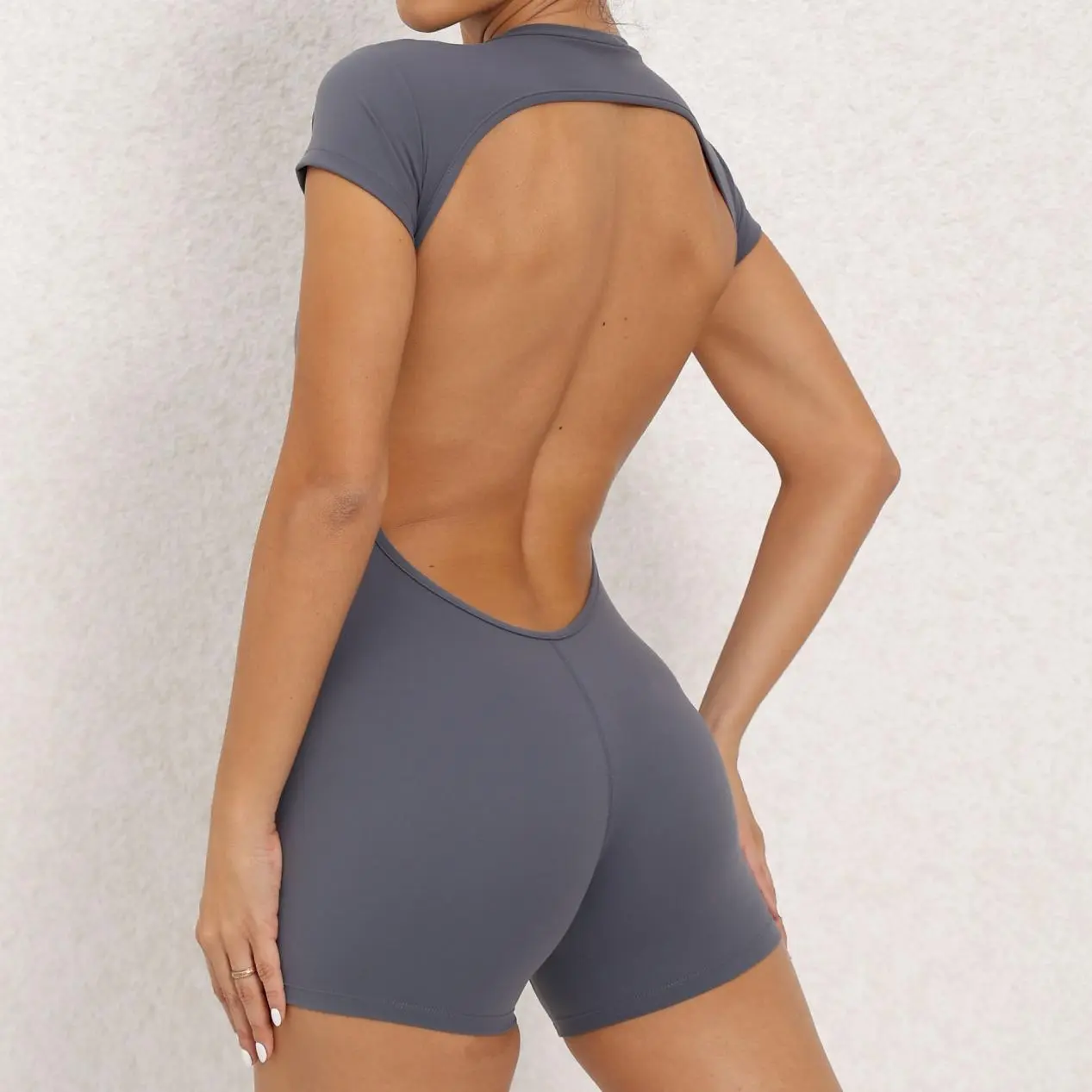Athletic Wear: The Double-Edged Sword of Fashion
Most athletic wear today is made with synthetic fabrics, such as polyester, nylon, and spandex. These fabrics are chosen for their durability, elasticity, and moisture-wicking properties, making them ideal for intense workouts. However, the production of these synthetic fabrics has a significant environmental footprint. The manufacturing process of these fabrics involves the use of fossil fuels, release of toxic chemicals, and generation of greenhouse gases. These activities contribute to air and water pollution, deforestation, and depletion of natural resources.
In addition to the environmental impact, the use of synthetic fabrics in athletic wear has raised concerns about its impact on our health. Some of the most popular synthetic fabrics contain Bisphenol A (BPA), a chemical that has been linked to various health issues. BPA is known to disrupt the endocrine system, which can lead to hormonal imbalances, reproductive problems, and an increased risk of certain cancers. Furthermore, when we wear athletic wear made with synthetic fabrics, our skin can absorb these harmful chemicals, potentially leading to negative health effects over time.
Despite these alarming facts, the demand for athletic wear continues to grow, and the industry shows no signs of slowing down. This raises the question - is there a way to enjoy athletic wear without compromising our health and the planet?
Fortunately, as awareness about the impact of athletic wear grows, so does the demand for sustainable alternatives. Many brands are now offering athletic wear made from eco-friendly and non-toxic materials, such as organic cotton, bamboo, and recycled polyester. These materials are more sustainable to produce, as they require fewer natural resources and have a lower environmental impact. Additionally, they are free from harmful chemicals like BPA, making them a safer choice for our health.
Consumers are also becoming more conscious of their purchasing decisions, opting for quality over quantity and choosing brands that prioritize sustainability and ethical practices. This shift in consumer behavior has prompted many athletic wear brands to re-evaluate their production processes and materials, leading to the development of more eco-friendly and non-toxic options.
Furthermore, advancements in textile technology have allowed for the creation of innovative materials that offer the same performance benefits as synthetic fabrics, without the negative environmental and health impacts. For example, fabrics made from recycled plastic bottles or plant-based materials are not only sustainable but also durable and high-performing, making them an attractive choice for both athletes and fashion enthusiasts.
In addition to choosing sustainable and non-toxic materials, proper care and disposal of athletic wear can also make a difference. Washing athletic wear in cold water and using eco-friendly detergents can help reduce the release of harmful chemicals into the environment. Additionally, donating or recycling old athletic wear instead of throwing it away can prevent it from ending up in landfills, where it can contribute to environmental pollution.
As consumers, we have the power to influence the industry by making informed choices and supporting brands that prioritize sustainability and ethical practices. By doing so, we can not only reduce the negative impact of athletic wear on the planet and our health but also encourage the fashion industry to embrace a more sustainable and conscientious approach.



